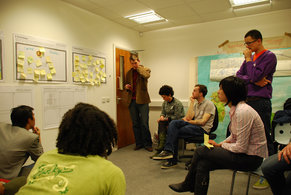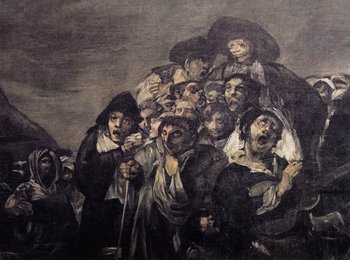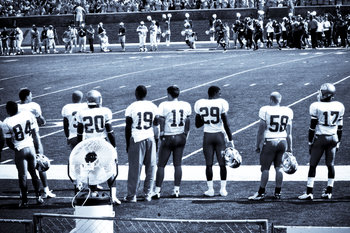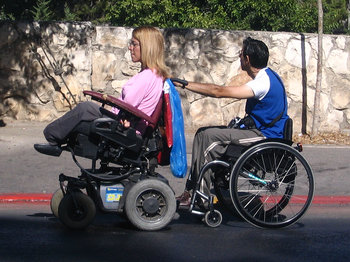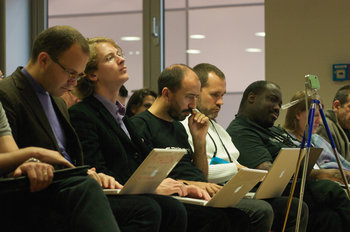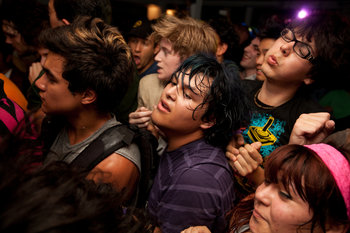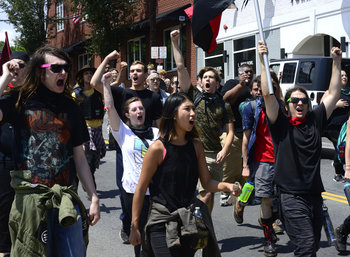
Strategy for the Stuck
The term passive-aggressive originates as a military term. In a strict command and control system there is no way to openly resist without facing immediate punishment. Passive-aggressive resistance tends to pop up when people have little power to openly resist.Strategy for the Weak
Passive-aggressive behavior also surfaces in situations where people are allowed to openly express alternative views and dissatisfaction. In this context, it is widely considered a weak and unethical technique.Habit
It is possible for passive-aggressive behavior to become a habit that is used to cope with emotions or achieve objectives. This can be quite damaging as it tends to leave a person dwelling in negativity and subterfuge. For example, passive-aggressives often trigger the ire of other passive-aggressives in a downward spiral of passive-aggressiveness.Organizational Culture
Organizations in which people openly speak their minds are less likely to produce passive-aggressive behavior.| Overview: Passive-aggressive Behavior | ||
Type | ||
Definition | The indirect expression of hostility. | |
Related Concepts | ||

